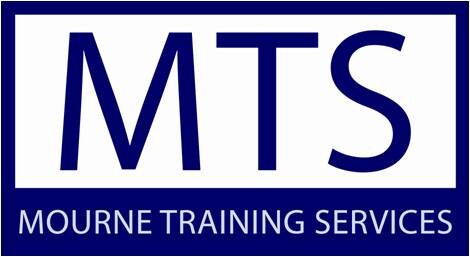MTS Helpdesk
Question:
What is the ‘mass balance’ for an analytical method and is it critical that I investigate it as part of method development or method validation?
Answer:
When used in the context of an analytical method, the term ‘mass balance’ relates to its ability to analyse the degradation products of a drug molecule. A method is considered to have ‘good’ mass balance if:
- It can quantify the loss in amount of drug molecule due to degradation (which should result in a lower assay value),
- It can detect and quantify the degradation products formed during degradation of the drug molecule, and
- The amount of the drug lost is equal to the amount of degradation products formed.
A method which is used to analyse stability samples needs to have this ability so that it can provide information on the amount of degradation occurring during the time period of the stability programme. A definition of mass balance is provided in the glossary of the ICH Guideline Q1A (R2), Stability Testing of New Drug Substance and Products:
“Mass balance:
The process of adding together the assay value and levels of degradation products to see how closely these add up to 100% of the initial value, with due consideration of the margin of analytical error.”

Typically a chromatographic technique is used since it is necessary to separate the degradation products from the drug molecule and each other to detect and quantify them. Reversed phase HPLC is usually preferred.
It is critical to investigate the mass balance of a method if it needs to be stability indicating. To meet the commitments of ongoing stability testing these methods are required for all products. For convenience, the same methods are often used for release and stability testing.
Method Development or Validation?
Whether the assessment of mass balance is performed during method development or during method validation often depends on the type of drug being manufactured. If it is a novel molecule then the stability indicating ability will usually be assessed during the method development phase which will allow modification of the conditions to optimise the analysis of the degradation products.
If however, it is a generic product and the testing methods are taken from a pharmacopoeia then the stability indicating nature of the method will still need to be considered but will typically form part of the method verification study. In this case modification of the method conditions is often not an option and if the method does not have good mass balance an alternative may need to be developed. For older products, which may not have stability indicating assay and degradation products methods, you may need to re-evaluate the methods to ensure that they comply with current regulatory expectations.
Stress Study
In both cases a stress study will be performed to force degradation of the drug molecule under a range of different stress conditions and thus create degradation products. The mass balance of the method can then be assessed. Although the concept is simple, the practical experiments to demonstrate mass balance can be rather complex and require careful planning. The phrase in the ICH guideline: “due consideration of the margin of analytical error” is significant. An added complication is that the preferred analytical technique, HPLC with UV detection, is not ideal since the size the degradation peak may not correspond to the actual amount present.
(Note: This article was originally posted on LinkedIn)
Submit a Question to the MTS Helpdesk
Do you have a question for our expert relating to the topic of analytical chemistry? Use our enquiry form to send it to us.
Related content from our Resources Library
Services related to this content that we offer
The topic of mass balance in forced degradation studies for the purposes of developing and validating stability indicating analytical methods is included in our courses, ‘How to Develop Stability Indicating HPLC Methods‘, and ‘Validation, Verification and Transfer of Methods for Pharmaceutical Analysis‘.
Visit our courses page for a full list of available courses and the schedule of currently available course dates.

